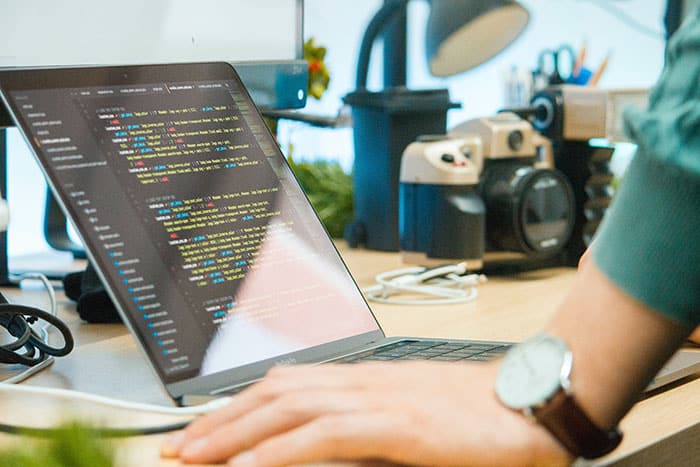While it’s only been popular for the last ten years, algorithmic trading accounts for nearly 70 percent of all trading activities in matured markets. In this article, Daniel Calugar, an experienced investor, details three steps that will give your algo-trading an extra boost.
On Wall Street, the technique of using a computer program to automate high-frequency trading of stocks, options, index futures, foreign exchange (FX) currency pairs, and cryptocurrency is called algorithmic trading, algo-trading, or black-box trading. The terms are generally interchangeable.
These simple steps are essential for anyone that wants to try their hand at algo-trading. Of course, there’s a lot to learn but begin with these three steps.
-
Analysis
To enhance the algo-trading strategies, you need to have at least a basic understanding of three types of analysis—technical, fundamental, and sentimental.
Technical analysis is used to identify opportunities by looking at statistical trends. Indicators examined could include movements in the price of a stock or the volume being traded. A popular technical analysis is simple moving averages (SMA). Technical analysis looks for trends rather than attempting to measure value.
Fundamental analysis assesses stocks by attempting to estimate their intrinsic value. This type of analysis considers the overall economy, industry conditions, and the strength of the individual company.
Sentimental analysis aggregates social media data to help traders understand how companies are performing in the eyes of consumers. If a company is doing everything right to keep its customers happy, data reflecting this will appear across social media indicators. Not all companies with satisfied customers are successful, so sentimental indicators should be used alongside other types of analysis.
-
Learn to code
Don’t let the word “code” scare you. Coding today is not like you may have learned in college. Instead, today’s programming languages are refined and intuitive. With a bit of study, you can learn to write simple trading instructions and expand your ability from there.
Python, commonly used by algo-traders, is an interpreted high-level, general-purpose programming language that many traders choose because it emphasizes code readability. As a result, traders can write clear, logical code for trading algorithms.
-
Test and retest
Even the most experienced algo-trader would be ill-advised to launch an algorithm on the markets without first back-testing it and then let it run in test mode in real-time for some time.
Back-testing your trading algorithms provides a level of confidence because you can determine the results of your strategy without any risk. You’re using historical data, so there is no opportunity for gain, but the objective is to see how your algorithm would have performed if you had launched it at a specific previous day and time.
Many algo-trading software solutions have a strategy tester that allows you to run in a test mode. Like with back-testing, there is no opportunity to gain value because you are not actually buying in the market—only testing the results of your program in real-time. Strategy testing is vital to find ways to optimize your trading strategy.
About Daniel Calugar
Daniel Calugar is a versatile and experienced investor with a background in computer science, business, and law. He developed a passion for investing while working as a pension lawyer and leveraged his technical capabilities to write computer programs that helped him identify more profitable investment strategies. When Dan Calugar is not working, he enjoys spending time working out and being with friends and family and volunteering with Angel Flight.
